Breaking free from waste with strong biodegradable materials is an innovative concept with great promise for addressing the growing problem of waste pollution.
Consumers are becoming more conscious about their carbon footprint as the world wakes up to the realities of climate change. Sustainable living has become a buzzword, evident in people’s daily choices–from transportation to fashion.
Today, we’ll discuss various innovative materials paving the way toward a more sustainable future. From bamboo to mushrooms and everything in between, research and development are making incredible strides toward building a more circular economy.
Are you ready to learn what materials are leading the way and how you can help contribute to the sustainability movement?
Let’s jump in!
Quick Facts:
- Global materials use is expected to increase by 15% by 2030 and 75% by 2060, making sustainable materials more essential.
- Twelve of the United Nations focus on ensuring sustainable consumption and production patterns to sustain the livelihoods of current and future generations.
- Achieving sustainable consumption and production patterns is crucial for a sustainable future and sustaining the livelihoods of current and future generations.
Understanding Biodegradable Materials
Biodegradable materials are defined as decomposing naturally and being absorbed into the environment without causing harm, and their minimal ecological impact makes them crucial to achieving a more sustainable future.
The characteristics of these materials include being:
- Non-toxic
- Renewable
- Sustainable
Unlike traditional plastics, biodegradable materials do not accumulate in landfills or oceans for hundreds of years. As global consumption increases, there’s an urgent need to transition towards more eco-friendly products and reduce reliance on fossil fuels. Biodegradable materials offer an innovative solution that can help achieve these goals while preserving the environment for generations.
Importance in Achieving a Sustainable Future
By promoting responsible consumption and production through strong biodegradable materials, we can reduce waste and encourage circular economy practices. A circular economy is a regenerative system aimed at maintaining the value of resources by minimizing waste, maximizing resource efficiency, and extending product life cycles.
12 Types of Strong Biodegradable Materials
Are you ready to discover the top 12 strong biodegradable materials for a sustainable future? Let’s learn about the innovative applications and advantages of pursuing these eco-friendly materials.

1. Biodegradable Bamboo
Biodegradable bamboo is one of the most popular sustainable materials in use today. Its fast-growing nature makes it an excellent renewable resource, and its biodegradability ensures a lower carbon footprint. Bamboo is also incredibly versatile and helpful for various applications.
Bamboo has natural antibacterial properties, making it ideal for use in food containers and other items prone to bacterial growth. Its strength and durability allow for prolonged usage, even after multiple washes. Bamboo straws are an excellent alternative to plastic straws, as they’re environmentally friendly and easy to carry around.

2. Cork
Cork is a versatile and sustainable material that has been used for centuries. It comes from the bark of cork oak trees, harvested without harming the tree itself.
In addition to being biodegradable, cork is naturally resistant to water and fire, making it an ideal choice for building materials and insulation. Its unique texture makes it popular for footwear, bags, flooring tiles, and other consumer products.
The use of cork in eco-design is gaining popularity due to its resilience, versatility, and sustainability characteristics. In fact, according to recent studies on natural resources materials by UNEP (United Nations Environment Programme), Cork forests contribute directly or indirectly to 10,000 jobs just in Portugal alone.

3. Mycelium (Mushroom-Based)
Mycelium is a mushroom-based biodegradable material that has been gaining popularity recently. It can be grown into various shapes to create sustainable furniture, packaging, insulation, and construction materials.
Mycelium can self-repair when damaged using enzymes produced during the growth process. This feature makes it an ideal alternative to synthetic polymers commonly used in manufacturing industries today. Moreover, mycelium composite materials have excellent thermal and acoustic properties, making them useful as insulators or soundproofing materials.
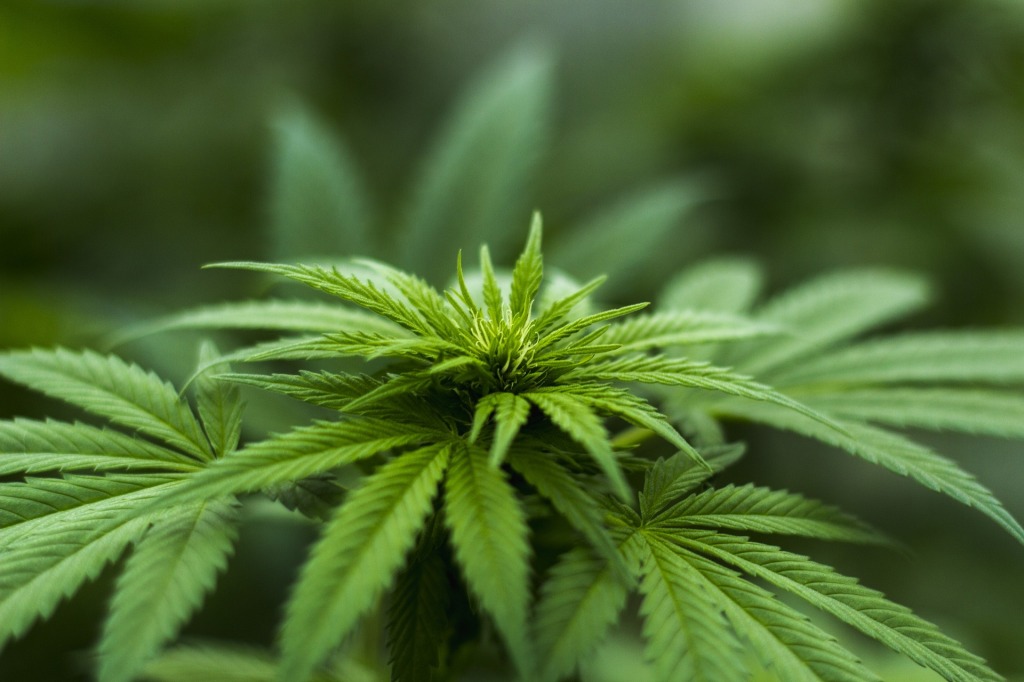
4. Hemp Bioplastics
Hemp bioplastics are made from hemp cellulose and are completely biodegradable, making them an eco-friendly alternative to traditional plastics. These plants grow quickly, with little need for water or pesticides, making them a highly renewable resource.
Apart from being eco-friendly, hemp bioplastics also have excellent mechanical properties. This makes them suitable for various applications, such as automotive parts, toys, and even medical devices. The potential applications of hemp bioplastics are endless and offer a viable solution to reducing plastic waste while creating more sustainable alternatives.
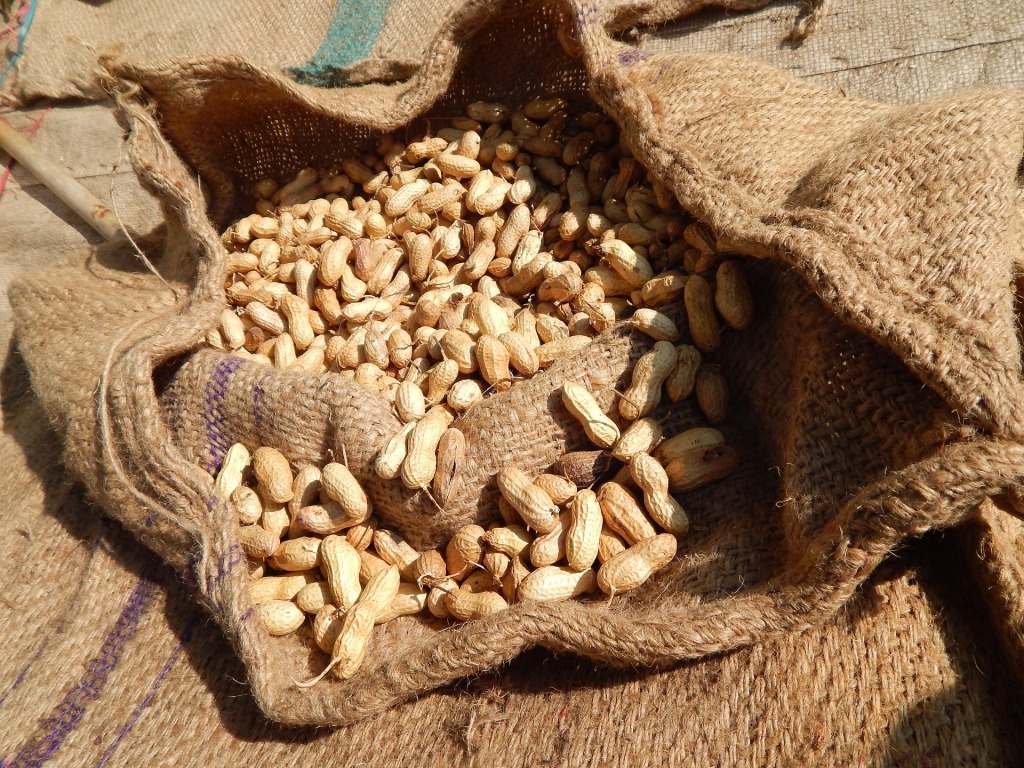
5. Jute
Jute is a natural fiber that comes from the stem of the jute plant. It’s eco-friendly and biodegradable and can be an excellent alternative to single-use plastic bags as they are durable and can be used multiple times.
Moreover, jute is also an excellent option for packaging materials such as sacks and burlap, commonly used in agriculture. Jute is biodegradable and compostable, which can help nourish the soil after use. This feature makes jute a popular choice for those looking to reduce their environmental footprint while still having quality products.
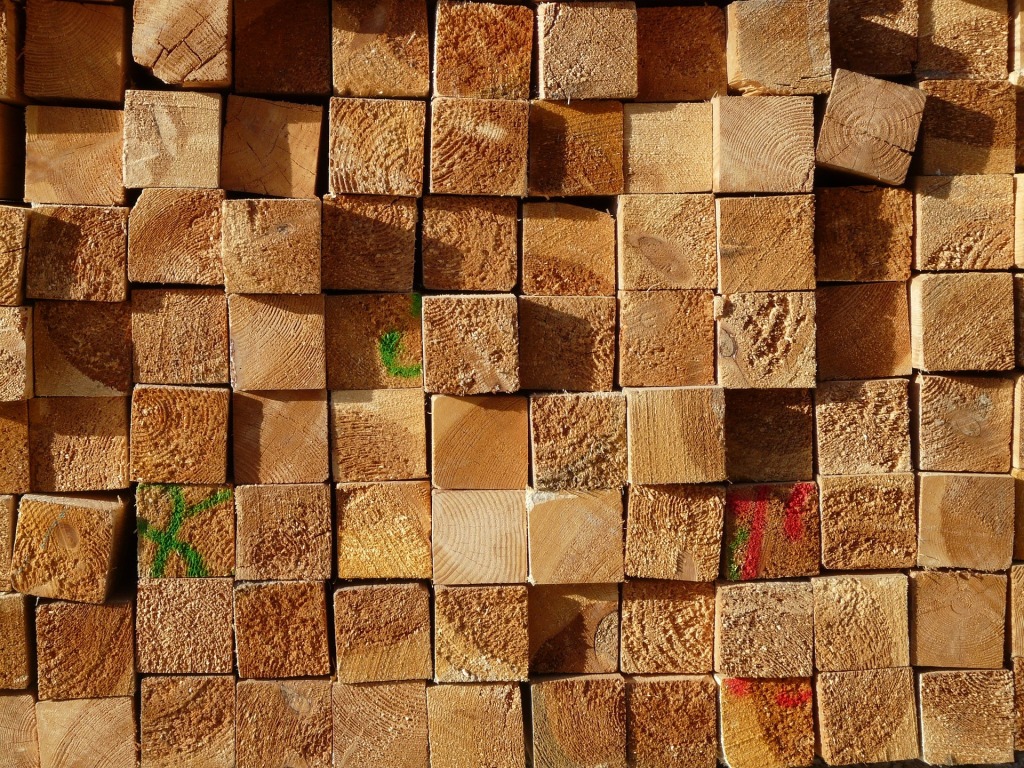
6. Wood
Wood is a natural and renewable material that has been used for centuries in construction, furniture making, and various other applications. It’s also a biodegradable material that can decompose naturally without causing harm to the environment. Wood products store carbon dioxide from the atmosphere, which helps reduce greenhouse gas emissions.
In recent years, there has been an increasing demand for sustainable wood products as consumers become more conscious of environmental impact. Sustainable forestry practices have emerged to ensure responsible harvesting and replanting of trees to maintain healthy forests. Additionally, new technology, such as cross-laminated timber (CLT), has enabled architects and builders to create eco-friendly buildings with wood as the primary material.

7. Areca Palm Leaf
Areca palm leaf is a natural and biodegradable material that has been gaining popularity in recent years as an eco-friendly alternative to traditional packaging materials. Made from the fallen leaves of the Areca Palm tree, this material can be used for bowls, plates, and other food utensils.
Areca palm leaf offers an incredibly low environmental impact. They are 100% compostable and do not release harmful chemicals into the environment when decomposing. Additionally, they are durable and can withstand high temperatures making them perfect for use in microwaves or ovens.
The production of Areca Palm Leaf also provides livelihoods for local communities in India, where these trees grow naturally. By supporting sustainable practices like this, we can help promote economic growth while protecting our planet’s resources through environmentally friendly alternatives like Areca Palm Leaf products.
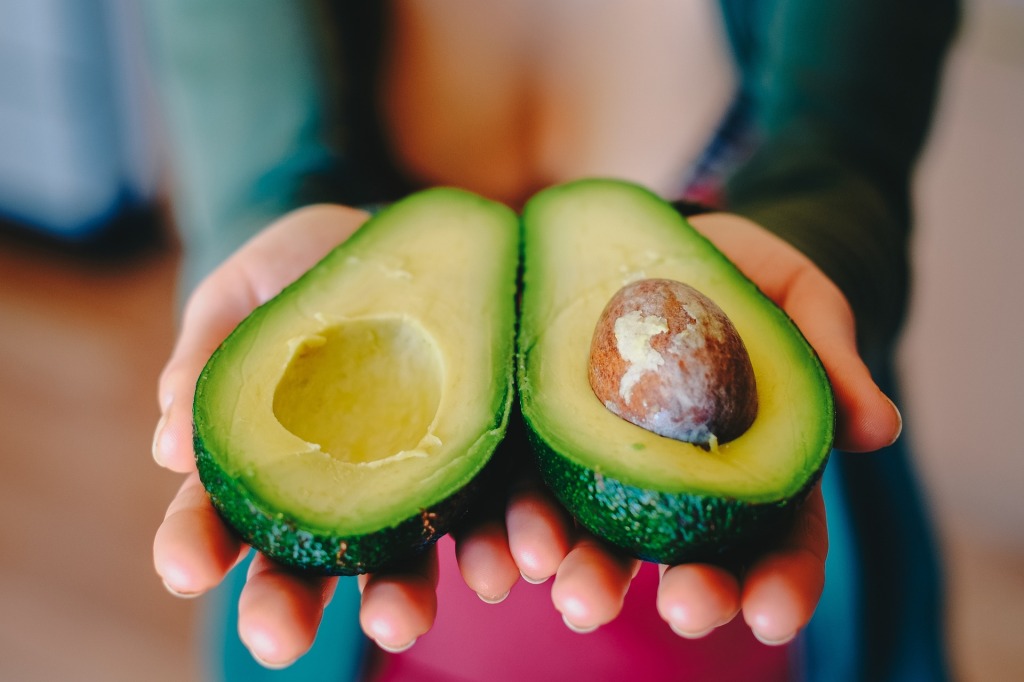
8. Avocado Bioplastics
Avocado bioplastics are a relatively new player in the eco-friendly materials industry. Made from discarded avocado pits, these plastic alternatives are fully biodegradable and compostable, making them an excellent sustainable option for various products.
Avocado bioplastics are renewable and have lower greenhouse gas emissions during production than traditional plastics made from petroleum-based raw materials. With avocados becoming increasingly popular as a food source worldwide, their discarded pits can be repurposed to create more environmentally friendly products while reducing waste.
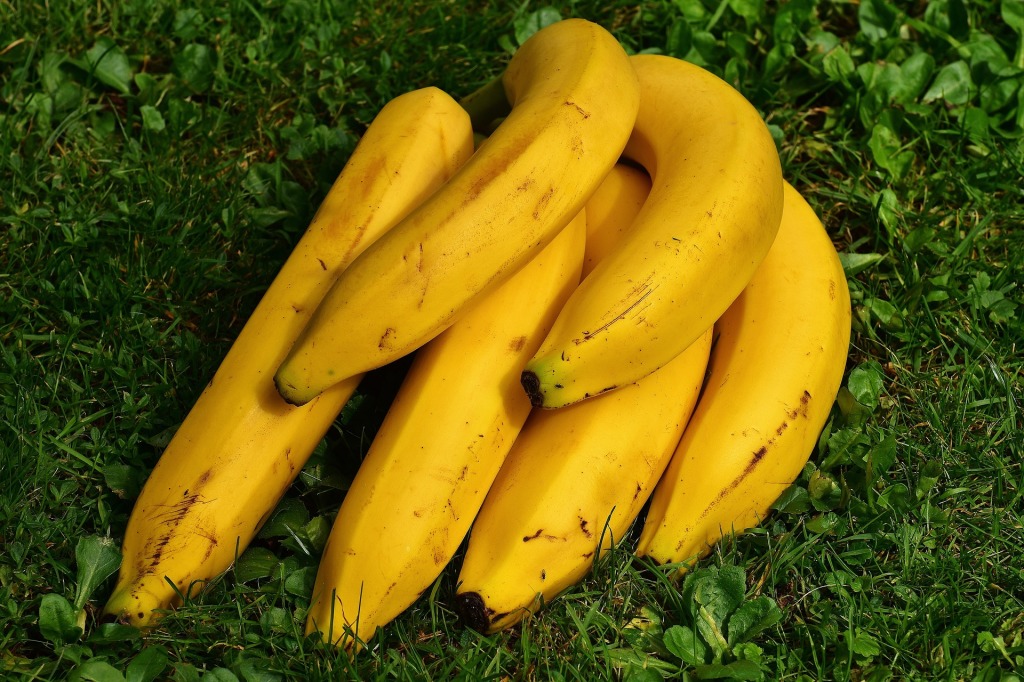
9. Bananas
Bananas are a surprising addition to the list of strong biodegradable materials, but they have shown great potential in sustainable production. The plant’s fibers can be processed into a strong, durable material that is ideal for manufacturing eco-friendly products. This versatile fruit can manufacture clothing, bags, and even musical instruments.
Using banana fibers as a biodegradable alternative has significant advantages over traditional synthetic materials like nylon and polyester. Biodegradable banana fiber products have minimal impact on the environment during disposal and production due to their natural composition. They also provide an economic opportunity for farmers who would otherwise discard the plant residues as waste.

10. Sugar
Sugar-based biodegradable materials are becoming increasingly popular due to their renewable and sustainable nature. These bioplastics are made from sugar cane, corn starch, or other natural sugars and break down easily in the environment. They can create various products, including packaging, containers, and even medical devices.
One of the biggest advantages of using sugar-based biodegradable materials is that they reduce our dependence on petroleum-based plastics. Furthermore, since sugar is a renewable resource, it helps promote sustainable consumption and production patterns.
However, a major challenge facing these materials is their limited durability compared to traditional plastics, which may require more frequent replacement or repair. Nonetheless, with continuing research into new technologies and innovative material alternatives in development for a greener future – this form of eco-friendliness is only going up!
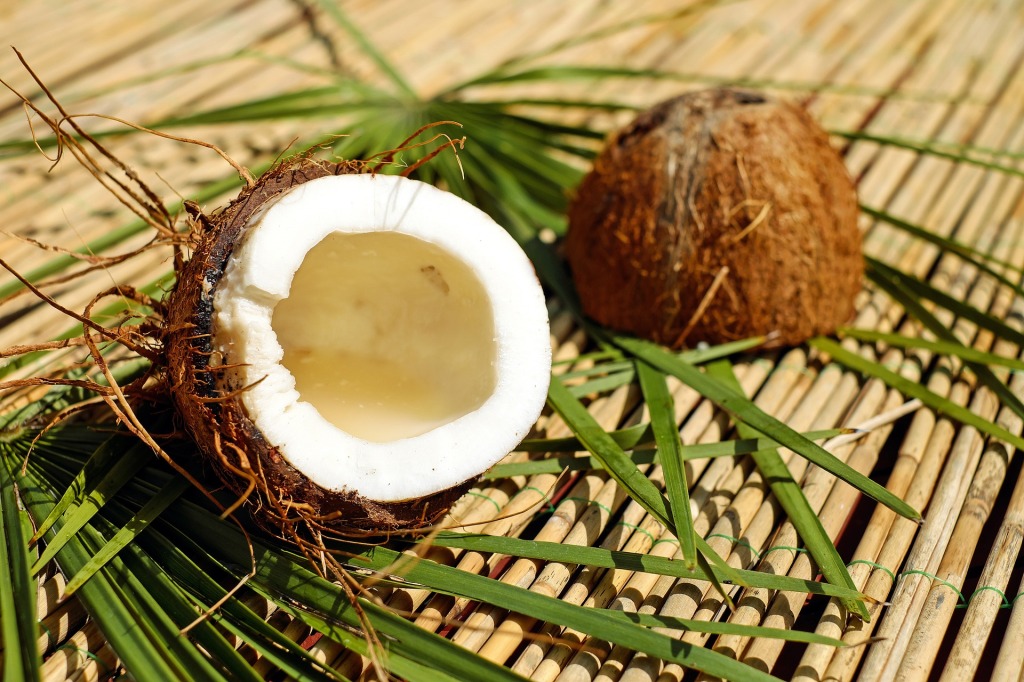
11. Coconut Coir
Coconut is a versatile fruit with numerous uses, including being a bio-based material. This fruit can create products like food containers and packaging materials. Coconut coir, the fibrous material found between the hard outer shell and the flesh of the coconut, can also be used as an eco-friendly alternative to peat moss in gardening.
One of the advantages of using coconut as a biodegradable material is its high availability. Indonesia is the world’s largest producer of coconuts, followed by India and the Philippines.
Coconut materials are relatively low-cost compared to sustainable alternatives like hemp or bamboo. Additionally, since they are renewable resources with low production costs, there are economic benefits for both manufacturers and consumers who use these products.
Coconut-derived bioplastics have been tested to have similar physical properties as traditional plastics but do not harm the environment when disposed of correctly.

12. Shrilk
Shrilk is a biodegradable material that mimics the strength and flexibility of silk fibers. It’s made from discarded shrimp shells and silk fibers–both renewable resources. Shrilk has several applications, including being used as a wound dressing material due to its antibacterial properties.
Not only is shrilk strong and resilient, but it also decomposes within weeks in soil or water conditions. This makes it an excellent alternative to traditional non-biodegradable materials like plastics. As an eco-friendly option, shrilk can significantly reduce plastic waste while promoting sustainable production practices for future generations.
Advantages of Biodegradable Materials
Biodegradable materials offer numerous advantages, including reducing waste, lowering carbon footprint, being safer for the environment, and providing health and economic benefits. Let’s learn more about how biodegradable materials can contribute to a sustainable future.
Reduction in Waste
Strong biodegradable materials play a significant role in reducing waste and promoting sustainability. Unlike traditional plastics, bioplastics are made from renewable sources such as hemp or corn starch, making them compostable and less harmful to the environment. Using biodegradable products will help reduce reliance on non-renewable resources and minimize the accumulation of waste in landfills.
Lower Carbon Footprint
Biodegradable materials have a lower carbon footprint than traditional plastics from petroleum-based raw materials. Bioplastics are sourced from renewable resources such as cornstarch, sugarcane, and potatoes—producing biodegradable plastics results in fewer greenhouse gas emissions than ordinary plastics.
Biodegradable materials also reduce the need for incineration or landfilling, which can also contribute to carbon emissions. As they break down into natural substances like water and carbon dioxide through composting or degradation, they provide a more sustainable alternative. Choosing products made from these sustainable options can help reduce your own carbon footprint.
Safer for the Environment
Strong biodegradable materials have been gaining popularity due to their eco-friendly nature. One of the key advantages is that they are safer for the environment than traditional plastics. This is because biodegradable materials decompose naturally and do not pose a risk to wildlife or marine life.
Moreover, when disposed of properly, biodegradable materials release fewer harmful chemicals into the soil and air. This has a significant impact on reducing pollution levels and promoting biodiversity in ecosystems. Using more sustainable materials in our daily lives can help reduce environmental degradation caused by non-biodegradable waste.
Health Benefits
Biodegradable materials offer several health benefits to both humans and the environment. These materials don’t release harmful toxins or chemicals into the air or water, making it safer for people to live and work in these environments. Biodegradable materials also reduce environmental pollution and its associated effects on human health.
Secondly, biodegradable materials promote healthy practices like sustainable agriculture, which preserves soil quality, and reduces greenhouse gas emissions from deforestation, thus reducing respiratory illnesses caused by polluted air. Healthier food containers can foster healthier habits since food stored in biodegradable containers is less likely to leach harmful chemicals that cause diseases such as cancer and other chronic conditions.
Economic Benefits
The economic benefits of using biodegradable materials are numerous. Using strong biodegradable materials reduces waste and therefore saves money on disposal fees. Secondly, producing these materials creates jobs in industries such as agriculture and manufacturing.
Sustainable production and consumption patterns promote energy efficiency and resource conservation, which can translate into business cost savings over time.
Shifting towards a more eco-friendly approach can improve a company’s reputation and appeal to consumers who prioritize sustainability in their purchasing decisions.
With global material use expected to continue rising over the next few decades, adopting sustainable practices will become increasingly important not only for environmental reasons but also for financial stability. By investing in research and development of biodegradable alternatives, we can ensure a greener future while reaping economic benefits today.

Innovative Applications of Strong Biodegradable Materials
Biodegradable materials have a wide range of innovative applications, forging the way forward with new manufacturing processes for building materials, packaging, textiles, medical devices, electronics, and more.
Let’s discover more about how we can utilize these sustainable alternatives for a better future.
Biodegradable Building Materials
Biodegradable building materials are becoming an increasingly popular and innovative solution for creating sustainable structures. Hempcrete, a mixture of hemp fiber and lime, is one such material that has gained popularity due to its durability, eco-friendliness, and natural insulation properties. This unique combination creates a strong, energy-efficient structure that also helps reduce carbon footprint.
Another biodegradable material gaining attention is bamboo, which can be used for flooring, roofing tiles, and structural beams. Bamboo grows fast and requires little water, making it the perfect renewable resource for eco-friendly construction projects. Furthermore, its natural anti-microbial nature makes it ideal for humid interiors where dampness could lead to mold development–another environmental benefit of using the material.
Biodegradable Packaging
Biodegradable packaging is an excellent alternative to traditional plastics made from natural materials that can break down over time. Manufacturers can use this type of packaging for products, clothing, and other goods that need to be transported safely without causing harm to the environment. Some examples of biodegradable packaging include cornstarch-based bags and containers made from plant fibers.
Using biodegradable packaging has several benefits. For starters, it helps reduce waste by providing an eco-friendly option for disposing of products after use. Secondly, it promotes responsible consumption and production patterns by using renewable resources instead of petroleum-based ones.
Biodegradable Textiles
Biodegradable textiles are made from natural fibers that decompose when discarded. These eco-friendly fabrics have several benefits, including their ability to reduce environmental pollution and waste. Plus, they’re free of harmful chemicals that can cause health problems.
With these materials becoming more readily available in the marketplace today, consumers have more options when making sustainable fashion choices.
Biodegradable Medical Devices
Biodegradable medical devices are a significant innovation in the healthcare industry to reduce plastic waste and promote sustainable health practices. These implants have shown promising results in reducing inflammation and promoting tissue regeneration, making them beneficial for both patients and the planet.
Some examples of biodegradable medical devices include wound dressings, sutures, stents, scaffolds, and drug delivery systems. Unlike traditional medical devices that may require invasive surgeries to remove or replace, biodegradable alternatives dissolve naturally in the body over time, eliminating the need for additional procedures. Technological advances and research on sustainable materials like silk protein and plant-based polymers such as cellulose derivatives used to develop these devices show great promise for future use.
Biodegradable Electronics
Developing biodegradable electronics has led to eco-friendly batteries sourced from natural materials such as cellulose and nanocellulose.
Using biodegradable electronics significantly impacts reducing e-waste, which is currently one of the fastest-growing waste streams globally. With an estimated 50 million tons generated annually by 2021, adopting sustainable solutions for managing electronic waste is crucial. Biodegradable technologies can play a critical role in achieving sustainable production and consumption patterns while preserving our environment and resources.
Innovative research continues to show promise in developing fully biodegradable devices such as smartphones or laptops with reduced environmental impact throughout their lifecycle.
Biodegradable Food Containers
Biodegradable food containers are a great solution to reducing plastic waste in the environment. Made from materials such as sugarcane, bamboo, or even corn starch, these containers biodegrade quickly and safely once disposed of.
Unlike traditional plastic food containers, biodegradable ones have a lower carbon footprint and do not harm the environment when they degrade. Moreover, they preserve the freshness of food items for an extended period, making them ideal for everyday use and special events like parties and picnics.
Biodegradable Toys
Toy manufacturers make biodegradable toys from natural, renewable materials such as wood, cornstarch, and bamboo. They are also free of harmful chemicals that can be found in some plastics.
The Green Toys brand makes its toys from recycled milk jugs. These durable toys can withstand rough playtime while being environmentally responsible. Wooden blocks or puzzles can be composted at the end of their lifespan, and parents can teach their children about sustainability.

Challenges in Adopting Strong Biodegradable Materials
Despite the numerous benefits of biodegradable materials, such as reduced waste and lower carbon footprint, there are still challenges in adopting these alternatives.
Availability
One of the challenges in adopting biodegradable materials is their limited availability. While some biodegradable alternatives are becoming more common, there is still a long way to go regarding widespread adoption. Availability can be affected by factors such as cost and consumer demand.
However, efforts are being made across different industries to increase the availability of sustainable materials. Companies are investing in research and development for new and innovative biodegradable options while also exploring ways to reduce costs and improve production processes.
In addition, governments worldwide are implementing policies promoting sustainable materials, which could further boost availability. This includes initiatives such as plastic bag bans, composting regulations, and tax incentives for eco-friendly products.
High Cost
One of the biggest challenges in adopting strong biodegradable materials is their high cost. Biodegradable alternatives are generally more expensive than traditional plastics due to their production methods and limited availability. However, as demand for sustainable products increases, prices will likely decrease over time.
Despite the high upfront costs, investing in biodegradable materials can have long-term economic benefits. For example, biodegradable packaging can reduce disposal costs and help businesses meet sustainability goals.
Additionally, creating a market for sustainable materials can drive innovation and create new job opportunities within the industry.
Need For Proper Disposal
Biodegradable materials require proper disposal to be effective in reducing waste. When these materials end up in landfills or waterways, they can take just as long to decompose as regular plastic. Consumers and businesses need to educate themselves on properly disposing of biodegradable items.
One way of properly disposing of biodegradable materials is through composting. Composting allows organic matter, such as food scraps and yard waste, to break down naturally into nutrient-rich soil. This process also helps reduce greenhouse gas emissions and diverts waste from landfills.
Another method of proper disposal is recycling. While not all biodegradable materials can be recycled, those that can provide an additional opportunity for them to be repurposed instead of ending up in a landfill. Consumers need to check with their local recycling facilities or companies that specialize in bioplastics for more information on what types can be recycled.
Limited Durability
Strong biodegradable materials are not without limitations, with one of the most significant being limited durability. Because biodegradable materials break down over time, they may not be the most ideal option for long-term use in certain applications.
For example, some bioplastics may start to degrade if exposed to sunlight or heat for an extended period.
However, researchers continue to develop new technologies and techniques that improve the durability of biodegradable materials. This includes incorporating additives that slow down the degradation process or modifying material compositions to increase strength and resilience.
It’s important to note that while biodegradability has its drawbacks in terms of durability, it’s still a preferable option compared to traditional plastics when considering environmental impact.

The Future of Strong Biodegradable Materials
The future of biodegradable materials looks promising, as it plays a crucial role in reducing plastic waste and achieving sustainable development goals. Recent developments in biodegradable polymers and composting technologies have opened new avenues for innovative sustainable material alternatives.
Role in Reducing Plastic Waste
Biodegradable materials play a critical role in reducing plastic waste, one of the biggest environmental problems we face today. Every year, millions of tons of plastic waste end up in our oceans and landfills, causing severe harm to our ecosystems.
The use of biodegradable packaging products has gained significant attention over the years due to their potential impact on reducing pollution caused by non-biodegradable plastics. By replacing conventional plastic products with biodegradable options like avocado bioplastics or banana fiber packaging, businesses and consumers can help reduce landfill waste and decrease carbon emissions from plastic production.
Achieving Sustainable Development Goals
The United Nations’ Sustainable Development Goals (SDGs) aim to promote sustainable development, reduce inequality, and protect the planet. One of the goals focuses on ensuring sustainable consumption and production patterns. This goal highlights the importance of using resources efficiently, reducing waste, and promoting eco-friendly products.
Achieving SDG 12 is crucial for creating a more sustainable future and sustaining the livelihoods of current and future generations. By promoting responsible consumption and production practices, we can reduce our environmental impact while still meeting our needs.
Consumers have an essential role to play in achieving SDG 12 by making informed choices about their purchases, supporting eco-friendly businesses, and advocating for sustainability initiatives. Businesses also have a part to play by adopting greener practices that reduce waste and use renewable energy sources.
Recent Developments in Biodegradable Polymers and Composting Technologies
Recent developments in biodegradable polymers and composting technologies have shown promising results in creating alternatives to traditional plastics. Researchers have developed new materials that decompose naturally, reducing waste and minimizing environmental impact. Composting technologies are used to turn organic waste into valuable resources such as fertilizer or renewable energy. These innovations offer solutions for a more circular economy and help achieve sustainable development goals.
Composting has also proven effective in diverting organic waste away from landfills, where it contributes to greenhouse gas emissions. By breaking down food scraps, yard trimmings, and other bio-waste items through natural processes, composting produces nutrient-rich soil amendments suitable for use in agriculture or horticulture settings.
Innovative Sustainable Material Alternatives
Innovative sustainable material alternatives are becoming increasingly popular in the quest for a greener future. Biodegradable materials have proven effective in reducing plastic pollution and protecting the environment. Options like mycelium offer strong and durable properties that make them ideal for building construction.
Another alternative that has gained traction is Shrilk, a biopolymer made from silk fibers and shrimp shells. This material offers similar strength and flexibility as traditional plastics but decomposes within months of exposure to soil or water. As more research goes into exploring these alternative materials, it’s expected that they will become widely adopted in creating an environmentally-friendly world.
So, Are You Ready to Break Free From the Waste?
Biodegradable materials offer an innovative and sustainable solution to the world’s plastic waste problem. From bamboo to mycelium and sugar to Shrilk, many strong and eco-friendly options are available for various applications.
The advantages of using biodegradable materials extend beyond reducing waste and lower carbon footprint; these materials also have health and economic benefits that can make a significant difference in our lives.
As we move towards achieving Sustainable Development Goals, we must adopt responsible consumption and production patterns by embracing sustainable alternatives like strong biodegradable materials. With continued research advancements, we can look forward to more exciting innovations in the future.






Leave a comment